There are several reasons why you might need to tap into security cameras. Perhaps you have lost your password and need to reset it, or maybe you want to review footage from a previous event. Whatever the reason may be, tapping into security cameras is an essential skill that can come in handy in various situations.
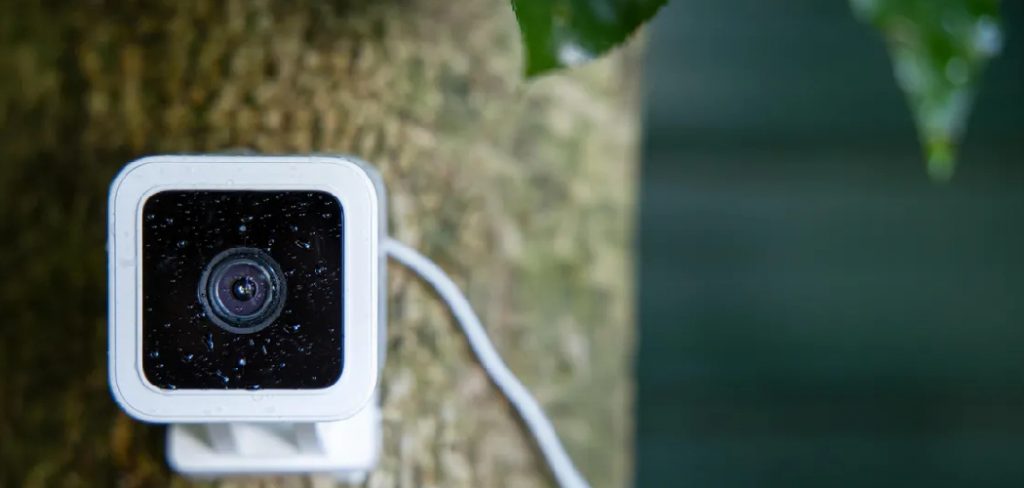
The main advantages of tapping into security cameras are the increased security and safety provided by monitoring activities in real-time, as well as the potential for deterring crime.
By accessing live feeds from security cameras, individuals or organizations can keep a watchful eye on their surroundings and quickly respond to any suspicious or alarming behavior. Read this blog post to learn how to tap into security cameras.
Step-by-step Instructions for How to Tap Into Security Cameras
Step 1: Inspect the Security Camera
Inspecting your security camera is an essential step in tapping into it. You should check if the camera has a reset button, an SD card slot, or any other physical features that you can use to access the footage. Additionally, make sure you have all the necessary tools such as a screwdriver and a flashlight before proceeding to the next steps.
Step 2: Determine the Type of Camera
The type of camera you are dealing with can affect how you tap into it. Some cameras may require a different approach compared to others. For instance, if you are dealing with an IP camera, you will need to access its network settings.
Step 3: Prepare Your Network
Before tapping into the security camera, make sure your network is ready. You will need to connect your computer or mobile device to the same network as the camera. If you are using a wired connection, ensure that all cables are properly connected.
Your access point is the IP address of the security camera. This can be obtained by checking the manual or contacting the manufacturer. Alternatively, you can use an IP scanner tool to find the camera’s IP address.
Step 4: Access the Camera’s Settings
Once you have the IP address, enter it into your web browser and press Enter. This will take you to the camera’s settings page. Here, you may be prompted to enter a username and password. If this is the case, refer to your manual for the default login credentials.
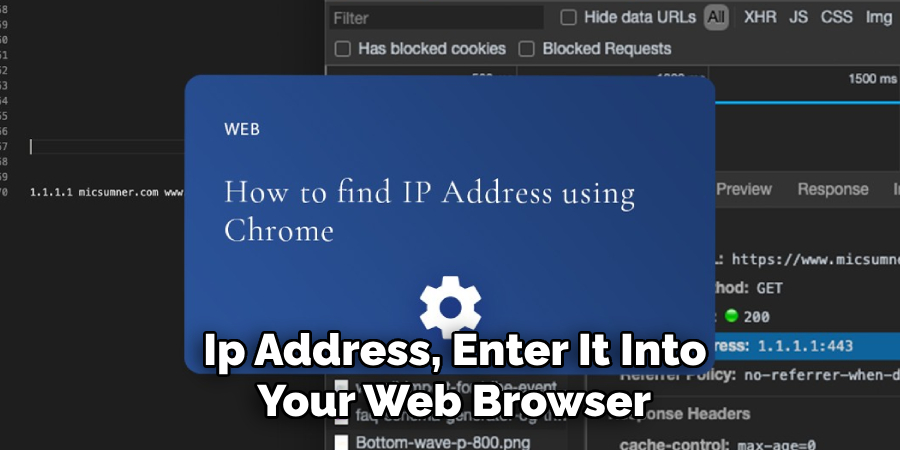
On the camera’s settings page, you can configure various options such as image quality, recording preferences, and access permissions. Make sure to save any changes you make before proceeding.
Step 5: Enable Remote Access
To be able to tap into your security camera from a remote location, you will need to enable remote access. This can usually be found in the camera’s network settings. Be sure to set a strong password to prevent unauthorized access.
Depending on the type of camera, you may need to install additional software on your computer or mobile device for remote viewing and playback capabilities. Refer to your manual or manufacturer’s website for recommended software.
Step 6: Test and Troubleshoot
Before relying on the camera, it’s important to test it and troubleshoot any issues that may arise. This can include adjusting the network settings, updating firmware, or contacting technical support. To ensure that your security camera is always functioning properly, it’s important to perform regular maintenance and monitoring. This can include checking for software updates, cleaning the camera lenses, and reviewing footage on a regular basis.
By following these steps, you can tap into your security cameras with ease and ensure the safety and security of your property. Remember to always follow proper laws and regulations when using security cameras to protect yourself and others from potential legal consequences.
Safety Tips for How to Tap Into Security Cameras
- It is important to make sure that the security cameras are not exposed to direct sunlight as it can damage the lens and affect the quality of the footage. This can also cause overheating, leading to potential malfunctions.
- Just like any other electronic device, security cameras require regular updates to keep up with the latest security measures. Make sure to check for updates regularly and install them to ensure the highest level of protection.
- Password protect your security cameras to prevent unauthorized access. Use strong, unique passwords and change them periodically. This will help keep your footage secure and prevent hackers from gaining access.
- Keep your security cameras clean by regularly wiping down the lenses and removing any dirt or debris that may accumulate. This will ensure clear footage and prevent any obstructions.
- If you are using wireless security cameras, make sure to secure your home network with a strong password and regularly change it. This will prevent hackers from accessing your camera’s feed through your Wi-Fi network.
- Place your security cameras at a high enough angle to avoid tampering or vandalism. This will also ensure that the camera has a wider view and covers a larger area.
- Avoid placing security cameras in private areas such as bedrooms or bathrooms to respect the privacy of individuals. Instead, focus on areas where valuable items are kept or entry points of your home.
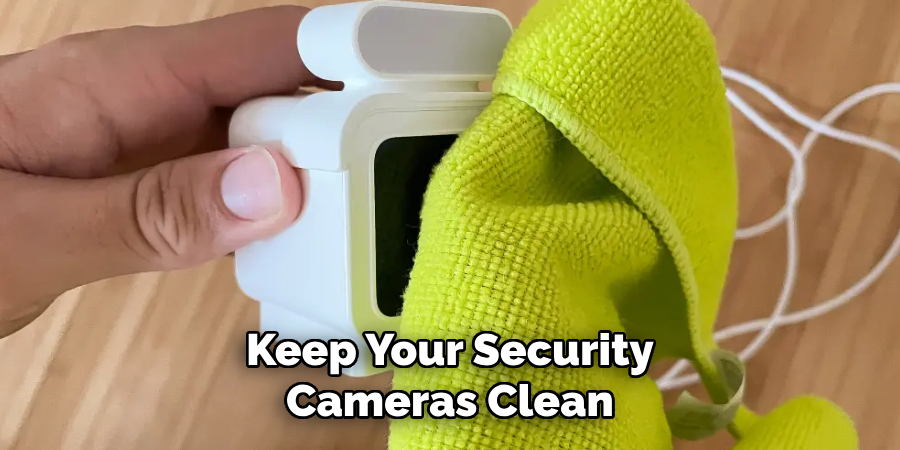
These safety tips can help ensure that you tap into your security cameras safely and effectively. Remember to always prioritize the safety and privacy of yourself and others when using security cameras.
How Can You Prevent Hackers From Accessing Your Security Camera System?
There are several measures you can take to prevent hackers from accessing your security camera system. These include:
- Change the Default Password: Most security camera systems come with a default password that is easily accessible online. It is crucial to change this default password to a strong and unique one that cannot be guessed or found online.
- Use Two-Factor Authentication: Enable two-factor authentication on your security camera system. This adds an extra layer of security by requiring a code or verification from another device to log in.
- Keep Your Camera Software Up-to-Date: Regularly check for software updates and install them as soon as they become available. These updates often include patches for security vulnerabilities that hackers can exploit.
- Secure Your Network: Your security camera system is only as secure as the network it’s connected to. Make sure your home or business network is secured with a strong password and firewalls.
- Disable Remote Access: If you do not need remote access to your security camera system, it is best to disable this feature. This prevents hackers from accessing your cameras through the internet.
- Use Strong Encryption: Ensure your security camera system uses strong encryption to protect the data being transmitted. This makes it harder for hackers to intercept and access sensitive information.
- Regularly Check for Suspicious Activity: Keep an eye out for any unusual activity on your security camera system, such as unauthorized logins or changes in settings. If you notice anything suspicious, take immediate action and change your passwords.
- Use a Dedicated Network for Cameras: Consider setting up a separate network specifically for your security cameras. This adds an extra layer of protection and prevents hackers from gaining access to other devices on your main network.
- Invest in Quality Hardware and Software: It is essential to invest in quality hardware and software for your security camera system, as they often come with better security features and are less vulnerable to hacking.
- Educate Yourself: Stay informed about the latest security threats and techniques used by hackers to gain access to security camera systems. This empowers you to take necessary precautions and keep your system secure.
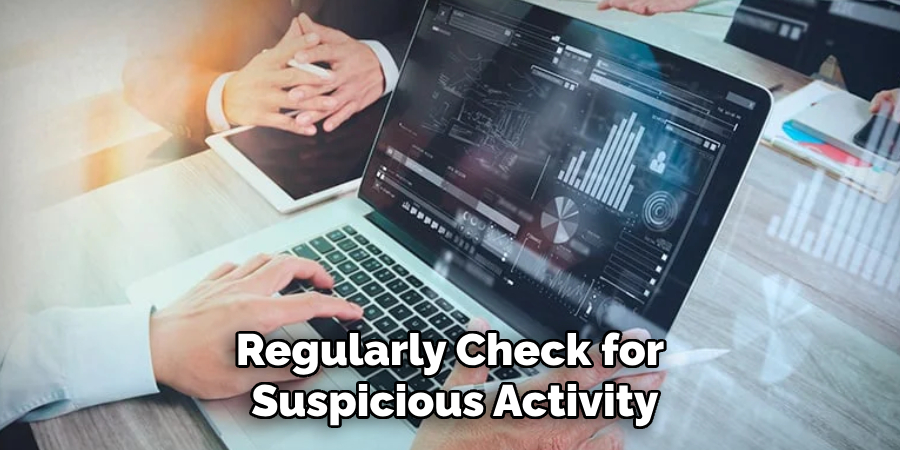
In addition, it is important to regularly monitor your security cameras for any signs of tampering or unusual activity. Consider setting up alerts or notifications for any unauthorized access attempts. By following these measures and staying vigilant, you can significantly reduce the risk of hackers accessing your security camera system.
What is the Recommended Maintenance and Cleaning Routine for Security Cameras?
When it comes to maintaining and cleaning your security cameras, having a routine in place is crucial for keeping them in good working condition. Regular maintenance not only ensures that your cameras are functioning properly, but also helps to extend their lifespan and prevent costly repairs or replacements. Here are some key steps to follow:
1. Regularly Inspect and Clean the Camera Lenses
The lenses on your security cameras can easily become dirty, which affects the quality of the recorded footage. Therefore, it is important to regularly inspect and clean them using a soft cloth or lens cleaning solution.
2. Check for Any Physical Damage
Make sure to visually check for any physical damage on your security cameras, such as cracks or dents. If any damage is found, it should be addressed immediately to prevent further issues.
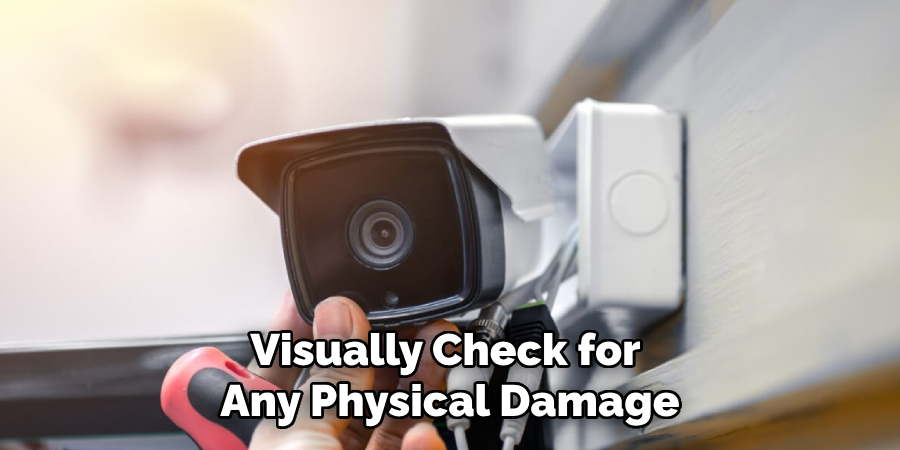
3. Test the Camera’s Functionality
Periodically test your security cameras to make sure they are still functioning properly and capturing clear footage. This will help you identify any potential problems before they become major issues.
4. Ensure Proper Power Supply
One of the most common causes of security camera malfunctions is a loss of power supply. To ensure that your cameras are receiving enough power, check all cables and connections regularly.
5. Clean and Organize the Surrounding Area
The area around your security cameras should be kept clean and free from any potential obstructions or debris. This will help to prevent any interference with the camera’s view and keep them functioning at their best.
6. Update Firmware and Software
Just like any other technology, security cameras require regular updates to improve performance and fix any bugs or vulnerabilities. Make sure to regularly check for firmware and software updates and install them as needed.
By following these recommended maintenance and cleaning steps, you can ensure that your security cameras are always in top working condition. This will not only provide you with peace of mind, but also help to maximize the effectiveness and longevity of your security system.
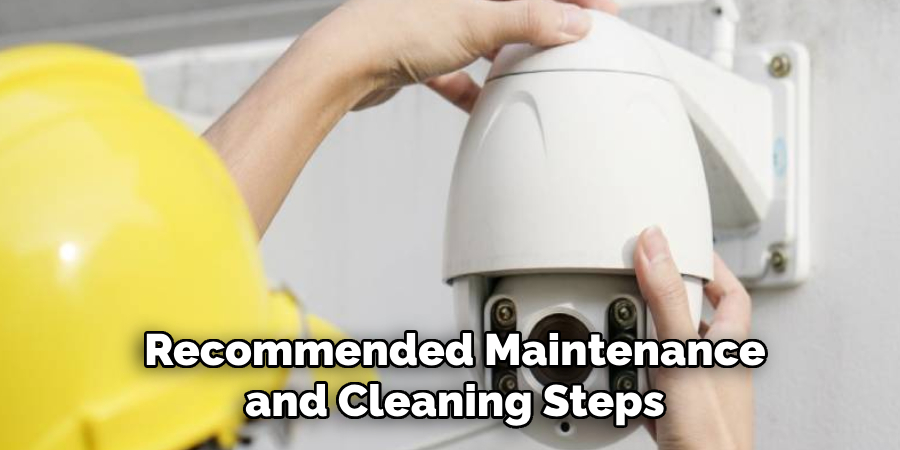
Conclusion
In conclusion, tapping into security cameras can be a useful tool for various purposes such as surveillance, monitoring, and investigation. However, it is important to remember that this should only be done legally and ethically.
One of the key ways to tap into security cameras is by utilizing hacking techniques, but this should only be done with proper authorization from the relevant authorities. It is also crucial to ensure that the security cameras being tapped into do not belong to private individuals, as this would be a violation of their privacy rights.
I hope this article has been beneficial for learning how to tap into security cameras. Make Sure the precautionary measures are followed chronologically.
About
Safety Fic is a distinguished figure in the world of Diy design, with a decade of expertise creating innovative and sustainable Diy solutions. His professional focus lies in merging traditional craftsmanship with modern manufacturing techniques, fostering designs that are both practical and environmentally conscious. As the author of diy, Safety Fic delves into the art and science of Safety Fic-making, inspiring artisans and industry professionals alike.
Education RMIT University
(Melbourne, Australia) Associate Degree in Design (Safety Fic) Focus on sustainable design, industry-driven projects, and practical craftsmanship. Gained hands-on experience with traditional and digital manufacturing tools, such as CAD and CNC software.
Nottingham Trent University
(United Kingdom) Bachelor’s in diyfastly.com and Product Design (Honors) Specialized in product design with a focus on blending creativity with production techniques. Participated in industry projects, working with companies like John Lewis and Vitsoe to gain real-world insights.
Publications and Impact
In diy, Safety Fic his insights on indoor design processes, materials, and strategies for efficient production. His writing bridges the gap between artisan knowledge and modern industry needs, making it a must-read for both budding designers and seasoned professionals.
